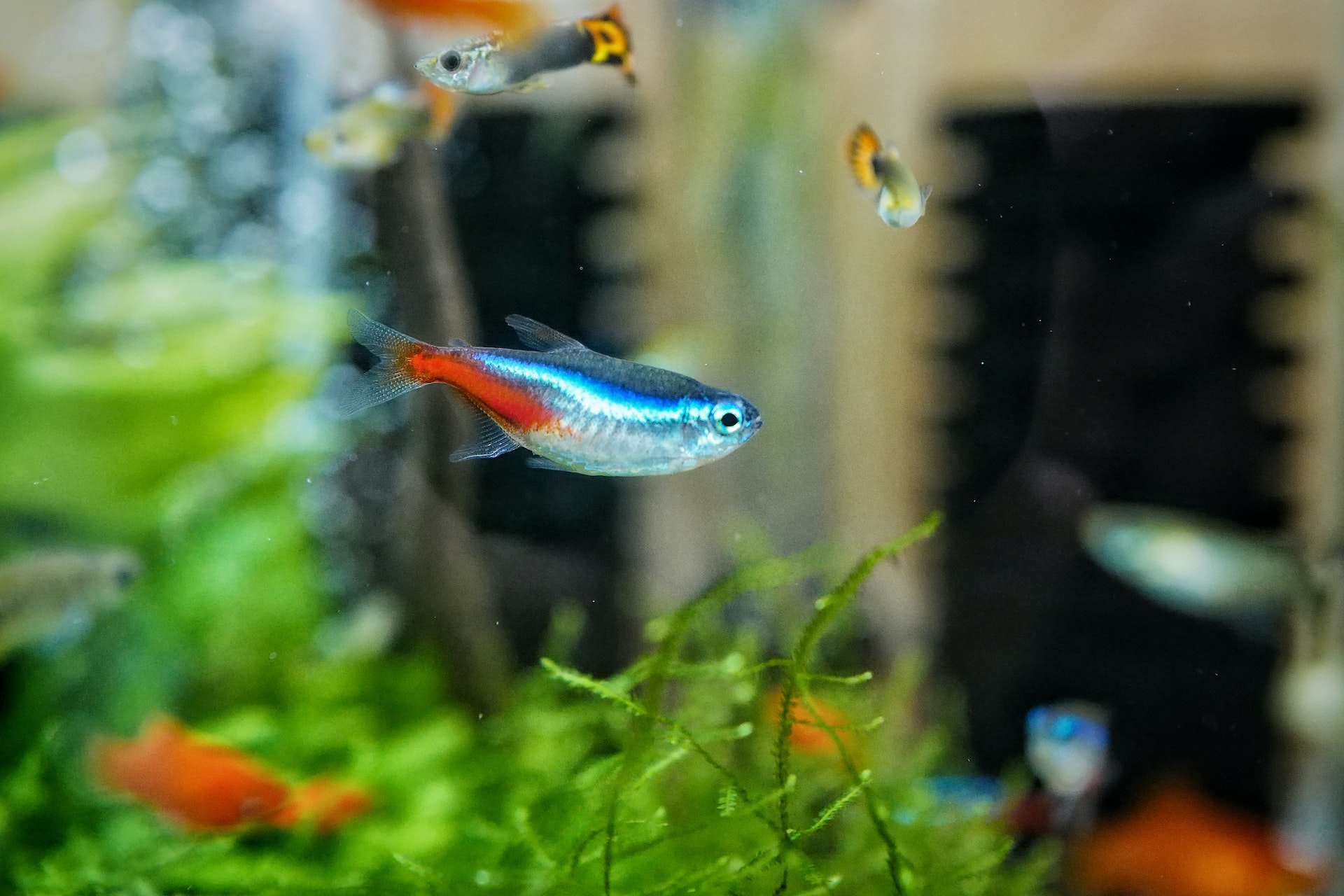In recent years there has been a real boom in the cultivation of mosses in the aquarium. The reasons many great masters of Aquascaping (Aquatic landscape = aquatic landscape) frequently use them in their layouts in a very creative and original way and the images of these creations go around the world through magazines and the web, intriguing fans. The versatility of using moss in the aquarium in fact offers many creative ideas for creating very suggestive underwater landscapes.
In recent years there has been an explosion of the “nano-cube” phenomenon (setup of small aquariums), the breeding of the mosses, which are the ideal complement for the realization of these aquariums and the substrate ideal for breeding these invertebrates. The realization of these aquatic microcosms is easy to realize, within reach of all pockets, space and capacity of aquarists. There are rare aquarium mosses also for you.
When you think of moss in the aquarium, these are two names that immediately come to mind:
Until recently the two names were synonyms of the same plant, in reality, the two names go to ascribe two kinds of different plants, even if in the bibliography this division was made official only a few years ago (2004).
- Java moss is actually just one of the hundreds of mosses that are present in nature: let’s introduce and distinguish those that can be used in our aquariums.
- First of all, it is good to know that mosses are part of a group of plants called “Bryophyte”.
- It is a very ancient group of plants on the earth that can be traced back to 440 million years ago.
This group of plants never produces flowers or seeds. Mosses do not have any ‘vascular tissue’ to transport water and nutrients (sugars, salts), but the leaf surface of the plant is also used: in nature mosses are always found in the proximity of water, emerging and submerged.
Many species of mosses are ‘aquatic seeds’ and can grow submerged in water, they are the most used species in aquariology. The choice of rare aquarium moss can also make you interested.
The families and genera of mosses that are cultivated in aquariology belong mainly to the families of
Many other species are found in nature but at the moment there are few and uncertain classifications and news of adaptability to submerged cultivation. The different species of moss can be catalogued according to the characteristics of the sporophyte that contains the spores. They can also be distinguished through a microscopic observation of the structure of stems and leaves (called phyllodes).
The mosses have no roots but rhizomes that are also used to absorb water, but above all to anchor themselves to the substratum. Given the importance of the leaves for transporting water and nutrients, these are so delicate that they must be preserved as much as possible from drying.
This primitive mechanism of growth and transport of water and nutrients on the one hand makes the plant resistant on the other places severe restrictions on the possibility of development. In fact, mosses grow mainly ‘prostrate’ (stem parallel to the substrate), they grow more than anything in width. Some mosses can grow in height even if not more than a few cm thanks to the support and to the possibility of leaf absorption guaranteed by submerged life.

